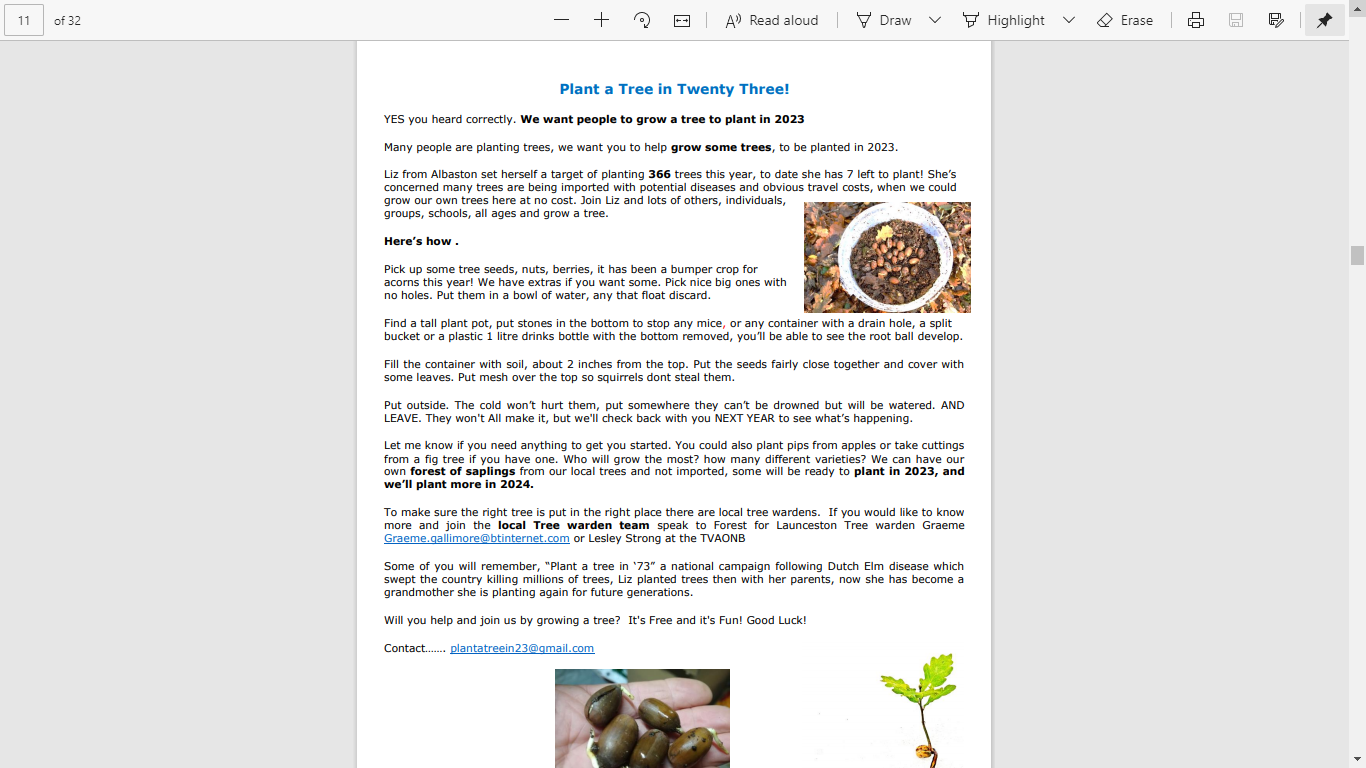
Grow a Tree to plant in 2023



On our Crowdfunder page you can show your support by donating any amount over £1, to help raise this relatively small amount of money to kick-start our project. Please help now.
Continue reading
… but what in the world does that mean?
A community benefit society is a legal form for organisations that wish to operate on a not for profit basis for purposes that benefit the community as a whole.
Co-ops UK
SHARE’s Mission is: “Powering renewable energy into a secure and sustainable future for all”.
Continue reading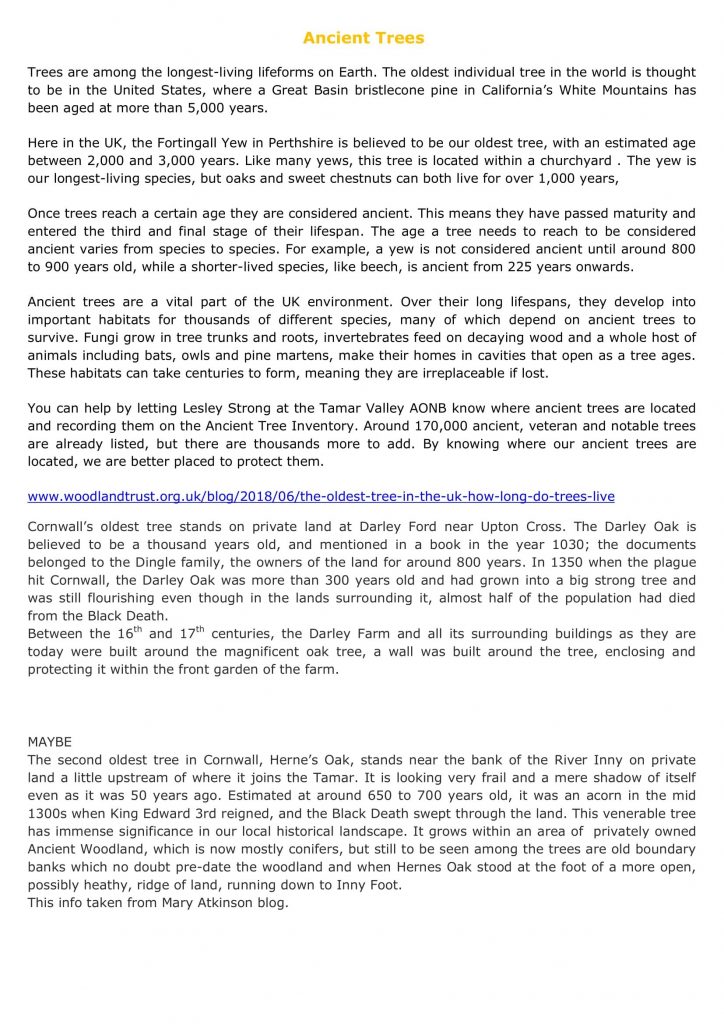
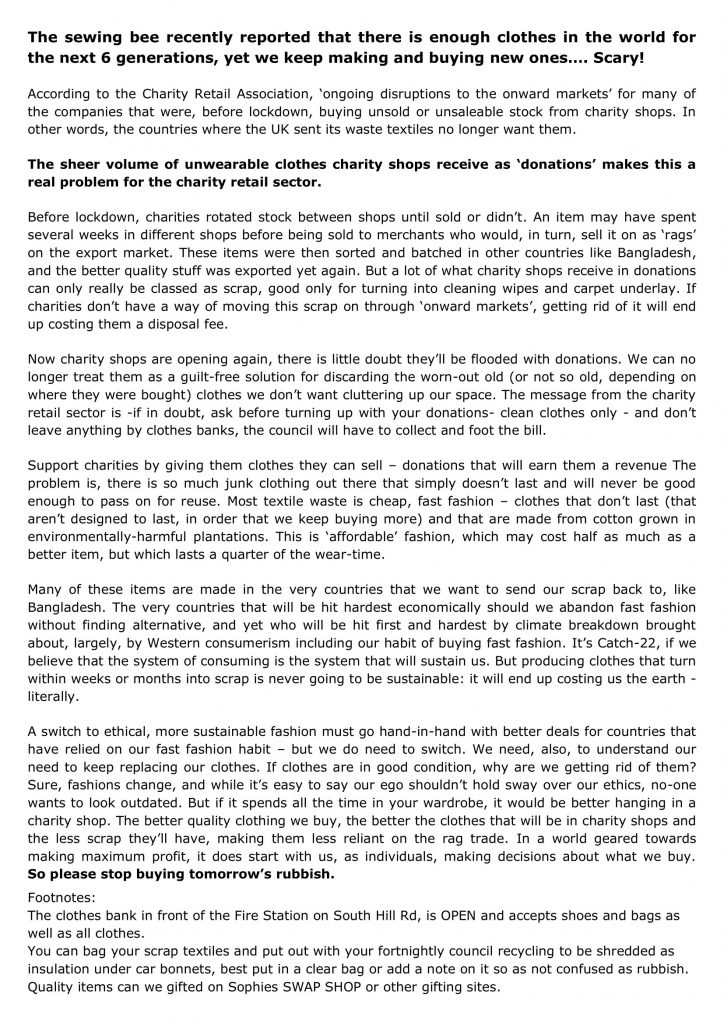
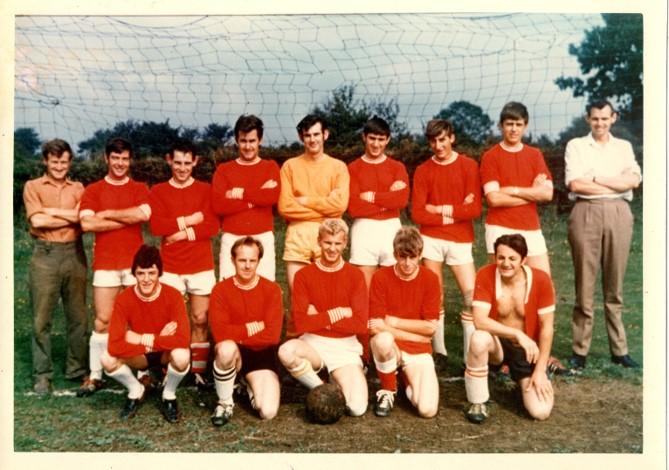
South Hill Football team 1967?
Top row: Dick Reynolds, Dave Hurn? Malcolm Prout, Charlie Gliden, Phil Ridgman, Kevin Batten, Tom Shovel, Colin Dawe, John Ede.
Bottom row: John Waring, Brian Pengelly, Mike Stephens, Peter Coombe, Bill Budge.
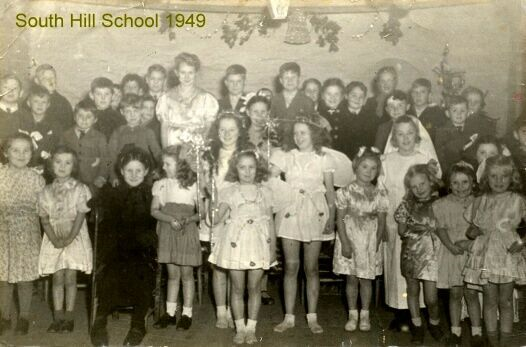
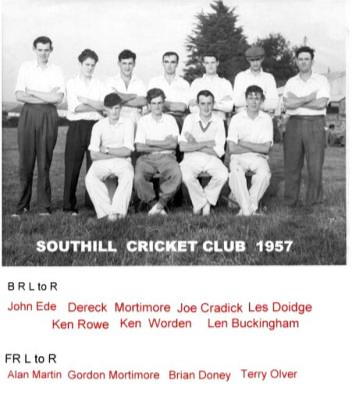

CALL 07543 062251 IF YOU NEED ANYTHING
We have been running the South Hill Emergency support now for 5 weeks and although it started quite slowly we have ended up being quite busy.
The biggest problem in South Hill is the distance between the houses, meaning that during the lockdown we have had to rely on the Great work of the South Hill Parish facebook page and the newsletter to let people know we are here to help. Thank you for this as it has obviously been effective.
This is a long post. Written by my granddaughter who is a key worker in Cornwall. I don’t clap for her… I cry and worry.
I don’t work for the NHS, but I am a community carer – unfortunately we don’t get the same acknowledgement as them. (Although I do appreciate everything they do!!)
We get sent to the back of the queue when trying to shop in a short amount of time for clients, I’ve been told off many times by members of the public for not wearing gloves in shops whilst wearing my uniform because of the job I do & the ‘germs I carry’, I see people cross the road whilst I’m in uniform, I’ve been asked silly questions & looked at funny, all because I’m not working for the NHS & am ‘just a carer’.